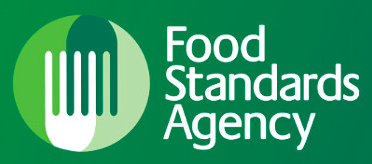FSA: Campylobacter in UK Chickens on the Decline

After conducting a second year of Campylobacter testing on fresh store-bought chickens, the Food Standards Agency (FSA) has just published its latest findings.
FSA’s focus throughout this testing is to determine which stores--if any--have over 7 percent of their chickens with the highest levels of Campylobacter contamination. The fewer birds that are contaminated, the bigger the impact will be on public health.
The first quarter of testing--July to September 2015--was performed on 1,032 samples of fresh whole chilled UK-produced chickens and their packaging. All chickens were purchased from large UK retail outlets as well as smaller independent stores and butchers. Overall, results show a decrease in the number of chickens with the highest level of contamination compared to the same period last year. Specifically,
- 76 percent of chicken samples contained the presence of Campylobacter--down from 83 percent detected during the same period last year.
- 15 percent of chickens tested positive for the highest level of contamination. That’s down from 22 percent during the same period last year.
- 6 percent of packaging tested positive for any presence of Campylobacter.
- 0.3 percent of packaging tested positive for the highest levels of contamination.
As with the previous survey, the data shows variations between the retailers. Testing of chickens from Co-op and Waitrose show both retailers have made the most significant reductions in the proportion of the chickens they sell that are most highly-contaminated.
Steve Wearne, director of policy at the FSA says, “It is good to see that some retailers are getting to grips with Campylobacter. However, we want to see all of them pulling together to achieve real and lasting reductions. I am also pleased that we are starting to see retailers and processors being open with consumers about what they are doing to tackle the problem and about the impact their interventions are having on the chickens they are selling.”
The FSA has been testing chickens for Campylobacter since February 2014 and publishing the results as part of its campaign to bring together the whole food chain to tackle the problem. Campylobacter is the most common cause of food poisoning in the UK, making an estimated 280,000 people ill every year.
More on Campylobacter in the UK:
Penny Pinching Grocery Stores Not Helping UK’s Campylobacter Crisis
FSA Releases New Data on Campylobacter in UK Chickens
Chickens Coming Home to Roost for UK Retailers After Poultry Testing Results Published
UK’s Chicken Challenge to Address Campylobacter Crisis
Sign up for Food Safety Magazine’s bi-weekly emails!
Looking for a reprint of this article?
From high-res PDFs to custom plaques, order your copy today!





